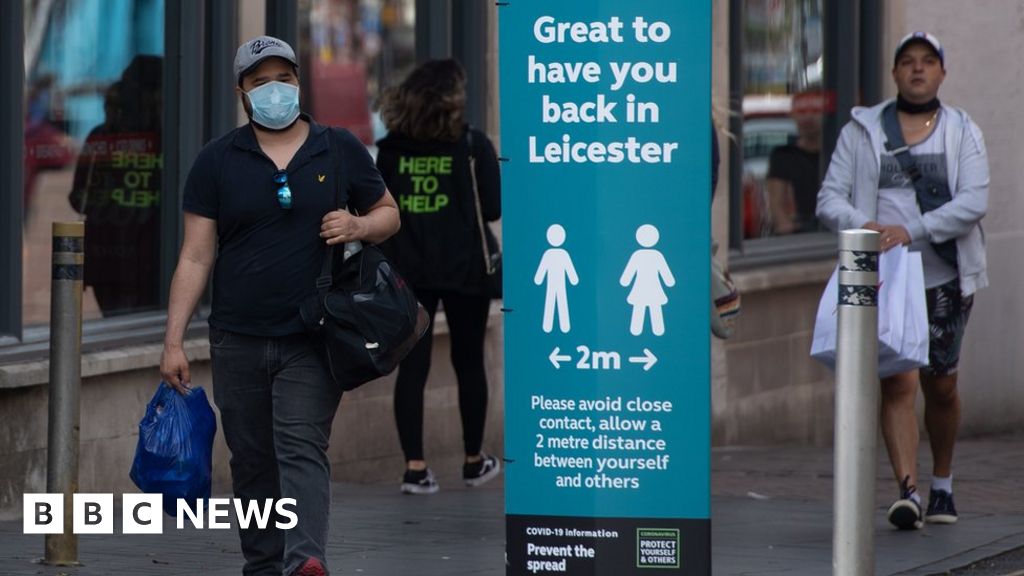grober
MB Master
Didn't say they did relate but both high risk in different ways.Cool moist environment with active manual workers.
Dry filtered environment with people fairly passive.
So one does not relate to the other.
Evidence? -my inference is derived from parallel situations previously deemed high risk on the ground. If you just think of an aeroplane as a restaurant /pub with no exits or social distancing in the skyI think the situation so far is that for all the number of people packed on planes in the early part of the year the transmission onboard desn't seem to have been significant.
AgreedThe problem with air travel has been that it moves people with the infection to other places - which is what spreads the disease geographically




